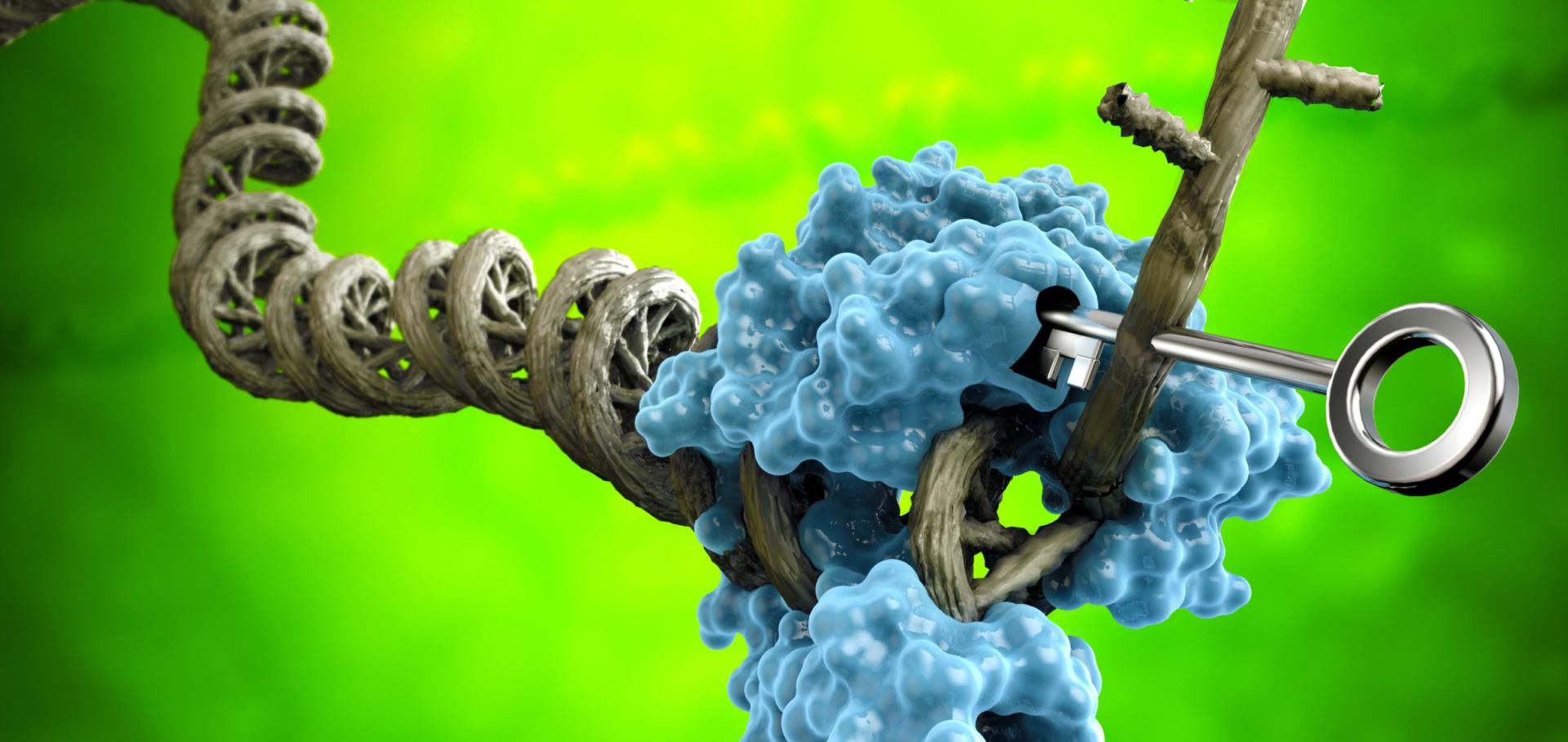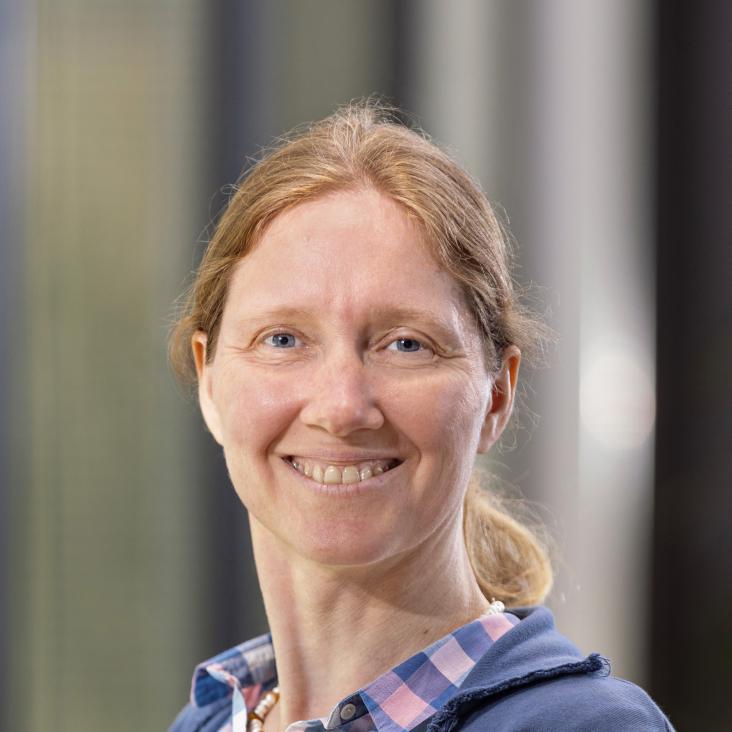Atomic force microscopy shows that vaccinia topoisomerase IB generates filaments on DNA in a cooperative fashion
Nucleic Acids Research Oxford University Press (OUP) 33:18 (2005) 5945-5953
Mesoscale conformational changes in the DNA-repair complex Rad50/Mre11/Nbs1 upon binding DNA
Nature Springer Nature 437:7057 (2005) 440-443
Torque-limited RecA polymerization on dsDNA
Nucleic Acids Research Oxford University Press (OUP) 33:8 (2005) 2766-2766
Torque-limited RecA polymerization on dsDNA
Nucleic Acids Research Oxford University Press (OUP) 33:7 (2005) 2099-2105
Single-Molecule Measurements of the Persistence Length of Double-Stranded RNA
Biophysical Journal Elsevier 88:4 (2005) 2737-2744


